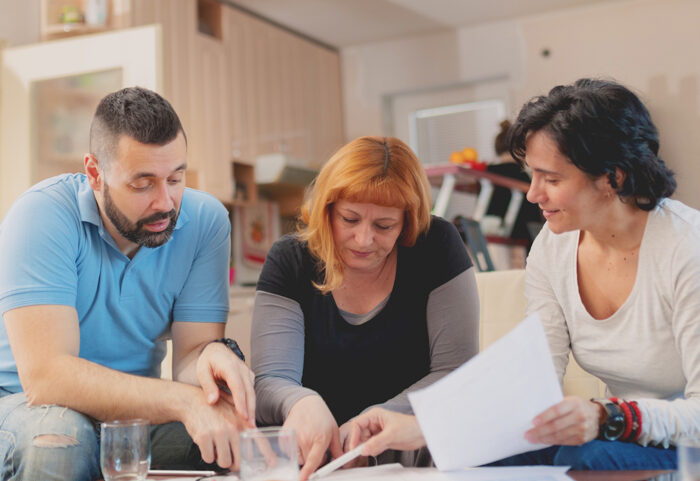Am I paying more than I should be?

As prices rise, it’s more important than ever to make sure you’re not being overcharged. Checking your bill will help you spot any mistakes.
If any part of your bill is wrong, you should talk to your energy supplier. See our handy step-by-step guide for help with this.
In this guide, we’ll go through what to look out for on your energy bill.
Name and address
This is a simple one, but you don’t want to end up paying someone else’s bill. If the name or address is wrong, contact your energy supplier.
Your bill might be addressed to “The Occupier”. This usually means you haven’t set up an account with your supplier. This could be because you’ve only recently moved in. You don’t want to be paying the previous occupant’s energy bill or charges for when the property was empty. Contact your energy supplier to make sure you’ve only been charged from the time you moved in.
The billing period
Your bill will show which dates you’re being charged for. Make sure you’re not getting charged for energy you’ve already paid for. This can sometimes happen when switching energy suppliers.
To see if you’re being charged twice, check your new bill against your last bill.
For example: If the new bill period is 19 Jul 2024 – 14 Aug 2024
And the old bill period was 25 Jun 2024 – 22 Jul 2024
Then there are four days where you’ve been charged twice: 19, 20, 21 and 22 July.
If there is any overlap between the two bill periods, contact your energy supplier.
The meter serial number
Energy meters keep track of how much energy we’ve used. As with your name and address, make sure your energy company are billing you for your meter, not someone else’s. To do this, check that the meter serial number on your bill matches the serial number on your actual meter.
The serial number on your meter is its unique ID, just like a bank account number or national insurance number. Look for a combination of letters and numbers on your meter box. It’s usually between nine and 12 digits long and can be found near the barcode.
Check this number against the meter serial number on your energy bill. If the numbers do not match, you may have been charged for someone else’s usage. You should contact your energy provider to fix this.
Estimated bills
If you don’t have a smart meter or haven’t submitted a meter reading for a while, your energy company will guess how much energy you’ve used when it’s time to send a bill.
Our gas and electricity meters count how much energy we’ve used. As we use energy, the numbers go up. A meter “reading” is simply this number at any given time.
Readings on a bill are either “estimated” or “actual”. An estimated reading will say “estimated” or have an (E) after the number. If a number has an (A) or “actual” after it, this means it is based on an actual reading.
An actual reading means someone – either yourself or someone who visited your property to read the meter – has looked at the numbers on your meter and provided these to your energy company. If you have a smart meter, the meter itself sends the reading to your supplier for you.
An estimated reading is based on your past usage, the time of year, and how well your property is insulated. It’s not just simple guesswork, but your energy company can still get it wrong. It’s like the cashier at the supermarket charging you for this week’s shop based on what was in your basket last week, not what’s in your basket today. If you’ve been using energy saving tips to cut down your usage, then your provider may have over-estimated and over-charged.
To get a more accurate bill, you should submit meter readings to your energy company. They will send a new bill based on your actual usage.